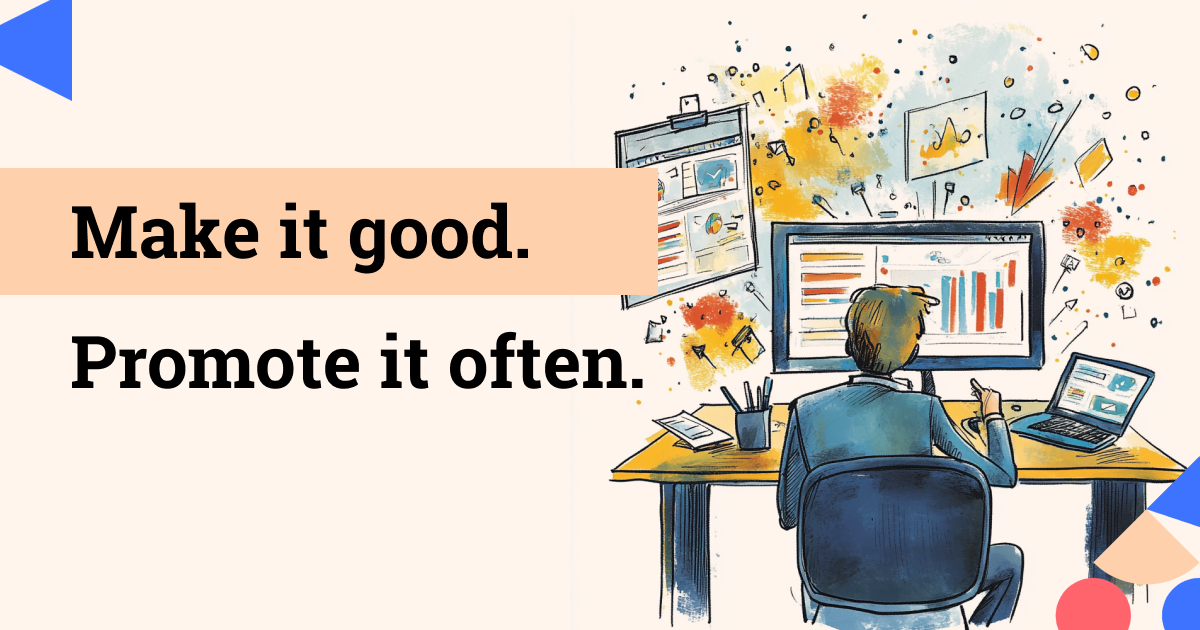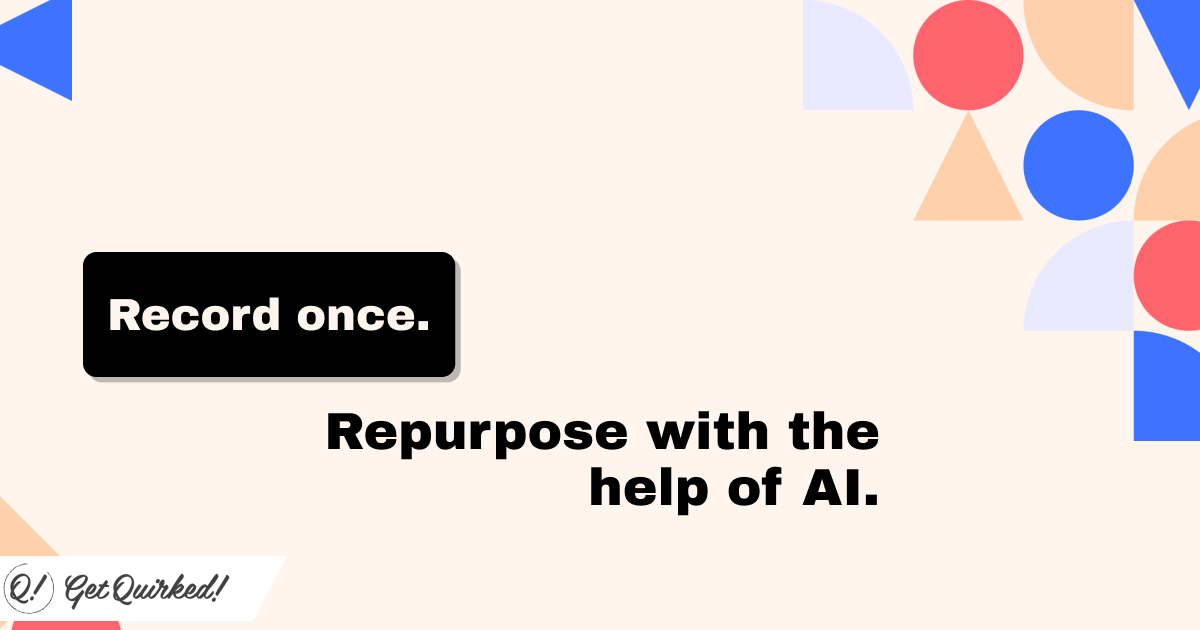Maybe you’ve noticed that your email nurture performance numbers have dropped, or perhaps they’ve just been flat for too long. Maybe you’re trying to get more leads, close more sales, or improve customer success metrics, but your ideas just aren’t making the impact you need.
I understand how frustrating this can be. Your email campaign should be a powerful tool, but instead, it’s not delivering the results you need. The problem could be affecting your bottom line, causing you to miss out on leads, sales, or demos.
The solution to this problem could be a simple program shift. We call these shifts “MicroCampaigns”. These are campaigns consisting of just three emails that follow a specific framework – Tease the Story, Tease the Ending of the Story, and Launch the Story.
By focusing on this one program shift, we believe you’ll see a drastic improvement in your email nurture performance results. MicroCampaigns offer a concise, focused way to engage your audience and can be more effective than traditional email campaigns.
To illustrate this, we’ll share three unique use cases. These examples will show you how effective MicroCampaigns can be to improve digital performance results, influence the sales process, and customer success.
Remember, the key to successful email nurturing is to focus on your audience’s needs and how your MicroCampaign can meet them.
Want to listen to this article instead? I got you.
Here more like this on the Know Your Marketing ROI podcast.
Are you ready to boost your email nurture performance and achieve your goals? Let’s get started. Contact me when you’re ready to bring MicroCampaigns to your business.
MicroCampaign Framework
Why do I use the word Story?
I use the word “Story”, because it’s very important that this sequence comes from a person.

This framework utilizes 2 basic things:
- a Principle of Persuasion identified by Dr. Robert Cialdini called Liking
- and the human heuristic that we trust people we can relate with more than people who we cannot, said another way and quoting Seth Godin, “People like us do things like this”.
This will make a ton of sense when we get into the examples of how to apply this framework with very different goals in mind.
Create the Story
Your Story is what you will be inviting your email nurture audience to participate in. Imagine you have a new webinar that aligns to similar campaign topic and you want to cross-promote the new one to that audience.
You would use the topic and what your audience would be, do, or have by the end of the webinar.
Examples of the “Be, Do, Have” strategy are…
“be able to have that conversation with your boss about a promotion” or “have less complexity in your CRM management process”.
Once you have your Story, you can begin applying it to the Framework.
Tease the Story
This should be obvious, but to tease the Story you will have to think about what is surprising, unusual, unique, bad, and good about your Story. This has to immediately play into some emotion in order to Hook the recipient.
- Use your Hook to inform or as your Subject line
- Next share some facts that your audience can relate to about the problem you’ve solved
- List some of the desires your audience might have around also not having the problem you’ve solved
Tease the Ending of the Story
Next, we want to tease that some of those desires are what we experienced when we figured out how to solve the problem we just talked about. You will with luck have planted a very important seed for our next communication when we launch the story.
Now you tell ‘em how we can show them how to do it for themselves, or with something they can buy from us, or something they hire us to do for or with them. This is crucial. This is how you plant the first seed that you can help them escape from the pain you just reminded them they have.
e.g. – “We’ve done this many times with clients looking to, X, Y, and Z, and can likely help you. If you need or want help faster, here’s how we can make that happen { Insert how to do that }.”
Launch the Story
Finally, we begin promoting the webinar fully.
- We reiterate the main problem(s)
- Introduce adjacent problems that occurred on our journey
- And reiterate the things we no longer have after having solved this problem for ourselves or our clients.
How do you pull this framework together into just 3 emails?
Seems like a lot going on here in just 3 emails… and we’re expecting this to actually work? It’s too complex.
Right, well I definitely agree with you that is seems complex.
Let’s now break it down by showing you how you can apply this framework and to potentially great success.
Email Nurture Stats Need a Boost
Imagine you’re asked to improve the Open Rate and Click to Open Rate for your monthly email nurture to your newsletter audience.
You decide to promote a recent article that has 800+ organic visitors each month for the last 3 months that teaches readers how to be more secure with their corporate data while traveling.
Your Story is “We’re most vulnerable when we travel for work.”
The Tease is “Having anxiety about being hacked while traveling for work is tough” The Ending Tease is “One way to solve the anxiety of being hacked is to use this simple checklist once per day, that is so simple our clients have told us that it takes them less than 30 seconds to do and it has increased employee satisfaction scores among all teammates who travel regularly at their organizations in the last 6 months.”
The Launch is “In this article, you’ll find several reasons we tend to have anxiety about being hacked while traveling for work, our simple checklist and how to implement it starting today (even if you’re not traveling at the moment), and you might be able to cut your anxiety while traveling in half or release it all together.”
Customer Success needs a C-Sat Score Boost
You’re asked to work with the Customer Success team and increase the perceived value of the teammates with a core group of clients for your SaaS business.
Your CS team holds regular education-based seminars that are designed to help clients get the absolute most out of their product, but attendance is low. You decide to use the next training date as a test for the MicroCampaign framework.
Your Story is “Learn to love X with Y feature that most customers fail to use”
The Tease is “If you could improve X for your teammates, would that help your bottom-line?” The Ending Tease is “45 of our most enthusiastic and happy clients told us something we were shocked to learn. They all told us that our Y feature was the absolute game-changer and hidden gem of our software. It’s helped them improve productivity by 30% this year alone and has helped remove frustrating amounts of manual work for their employees. In our next session, we’ll be showing you what they all experienced and how to turn this feature on for your organization so you too can receive a huge boost like these 45 clients have.
Register here to attend live or to get a note when the recording hits your success portal.”
The Launch is “In this session, we dive into the feature that has given # of hours back to 45 clients just like you who didn’t know they were missing out on a game-changing feature. One you have access to already, can flip a switch to turn it on, and how you can ensure you get the biggest bang out it to get results like those 45 clients have seen this year alone.”
Marketing Needs a Sales Win
You’re asked to help launch a new product that is highly complimentary to one that 15% of our existing clients already have.
You decide that an email series from our Head of Product is a good route and use the MicroCampaign framework to execute it.
Your Story is “Get even more out of X with our new Y product”
The Tease is “You solve the problem with X, but if you could only improve the output, you could really win big.” The Ending Tease is “Flagship product is one of our most loved products because customers like you saw Big Problem as a really big problem and implemented Flagship product to great success. But a few things were called out by some that we thought, “We can make them a better experience.” And so we set off to do just that. That’s why we created New product. It works with Flagship product to do amazing things and want to offer it to you before anyone else.
Sign up here to learn more about New product and be notified when it’s officially available on August 17th just for you.”
The Launch is “We want our best customers, you clearly fall into that category, to have New product before anyone else and at a price that no one else will ever receive. This is because we believe we should serve our best customers by being the best for them. By signing up to learn more, you’ll get an overview of New product, a full briefing how how it works with Flagship product, and a unique price offer that is available to you for as long as you’re a customer of OUR COMPANY.”
How will you use this simple framework?
I hope you see now, that What you use the MicroCampaign framework for is less important as the How.
To pull it all together, you can use our simple MicroCampaign Framework quickly, to help you get even more out of your email nurture motions.
- Tease the Story
- Tease the Ending of the Story
- Launch the Story
If you’re still like, hey this is great but can someone just do this for me… You’re in luck. You can hire me to do it for you OR with you and your team. Book time with me, clickable link in the description, and we’ll discuss what you’re looking for and exactly how I can help.
Thanks and check out this video about the benefits of using webinars in B2B Marketing.






